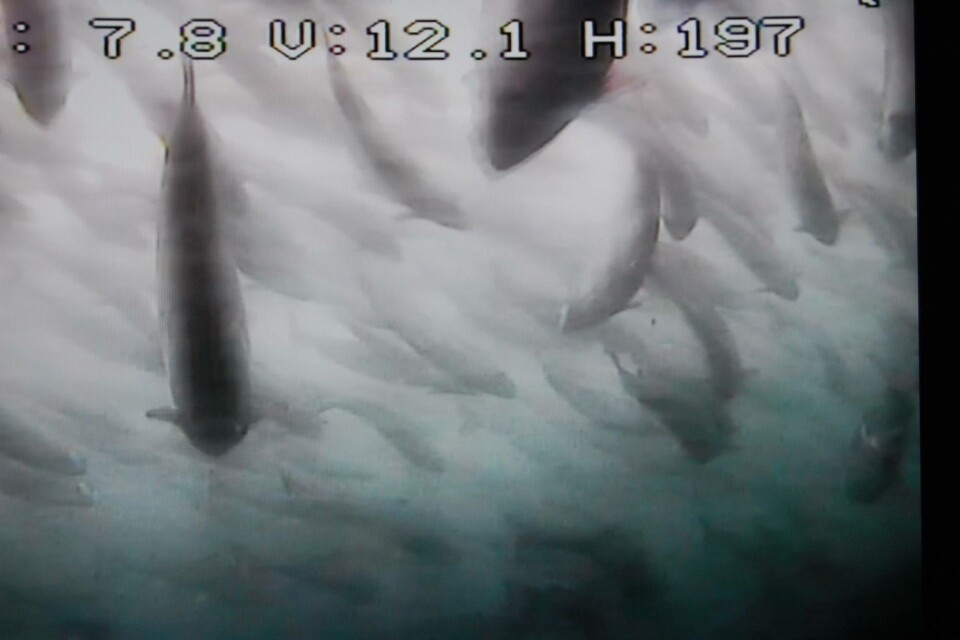
High concentrations of algae monitored in south Norway
High concentrations of algae have been observed in Hordaland in south-western Norway and several salmon farms are monitoring the situation continuously, independent aquaculture health care provider FoMAS has reported.
“Mainly, there have been large concentrations of non-toxic algae, with scattered findings of potentially toxic algae. The samples show that there are large variations between sites and between different depths,” the company said on its website.
“The first reports on diatoms (mainly Skeletonema) came at the end of February, but at such low concentrations that we did not expect an effect on the fish. In March, the first report on observations of flagellates, mainly suspected of Chrysochromulina (algae which has given high mortality of fish in the north) came, but concentrations decreased.
Decreased appetite observed
“Of the potentially harmful algae, the coccolithophore Emiliania Huxleyi has been dominant in recent weeks, often in combination with the diatom Skeletonema sp. Both of these are stated to be capable of delivering mortality at around 20 million per litre and have effect on appetite at 5-10 million per litre.
“Serious cases of algae-related mortality in our area have not yet been reported, but decreased appetite has been observed and some fish treatments have been interrupted due to algal blooms and effects on the fish.
“In our area there have been parts of Hordaland that have reported the greatest growth, and this is also where the sampling has been most intense. During week 21, it appeared that we reached the peak, and a marked decrease in algal density is now reported.”
Algal blooms have been blamed for the deaths of eight million farmed salmon in Norway in recent weeks, but these have occurred in the north of the country, hundreds of miles from Hordaland.























































